Some Men In London: Queer life, 1945-1959
Penguin Classics, $65 hb, 464 pp
‘What a juxtaposition!’
The fifteen years from the end of the World War II to 1960 were in many ways a dark period of queer history in the United Kingdom. The 1920s and 1930s were relatively relaxed in their attitudes to the gay world. As Adam de Hegedus, writing as Rodney Garland, wrote in his novel The Heart in Exile (1953), ‘the war broke down inhibitions and the element of danger made sex rampant. Public opinion was lax and the understaffed police had many other things on their minds.’
Things changed after the war. Clement Attlee’s prim Labour government (1945-51) was hardly a staunch proselytiser for gay rights. It is true that Attlee later became a founding member of the Homosexual Law Reform Society, but, like most of his parliamentary colleagues, he considered homosexuality to be ‘evil’ and sponsored a bill to make anal sex illegal. It was, however, when the Tories under Winston Churchill returned to power in 1951 that queer life in London came under intense pressure. Churchill’s home secretary, Sir David Maxwell Fyffe, made the persecution of homosexuals a personal quest and prosecutions increased dramatically under his watch.
Continue reading for only $10 per month. Subscribe and gain full access to Australian Book Review. Already a subscriber? Sign in. If you need assistance, feel free to contact us.



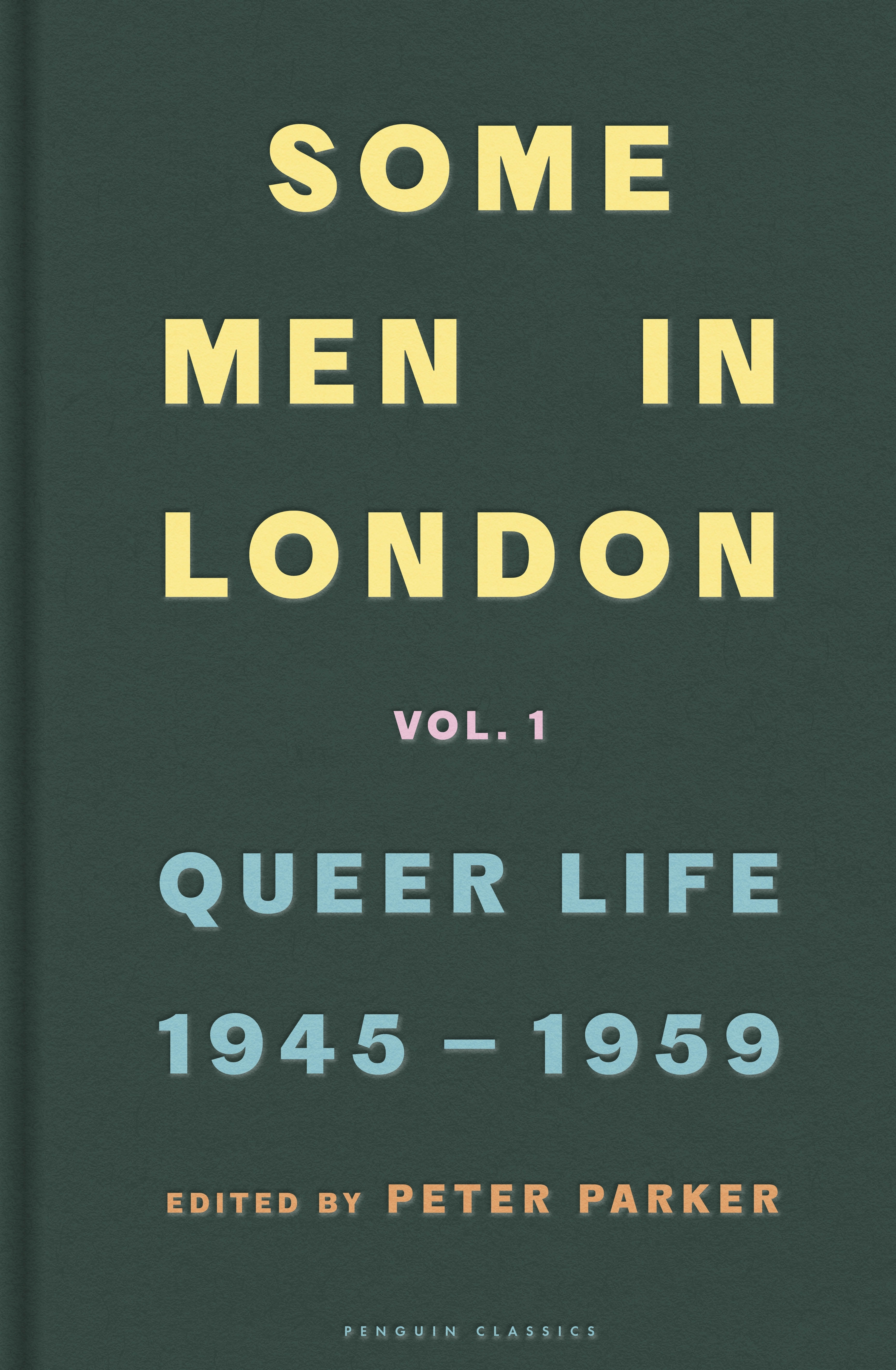
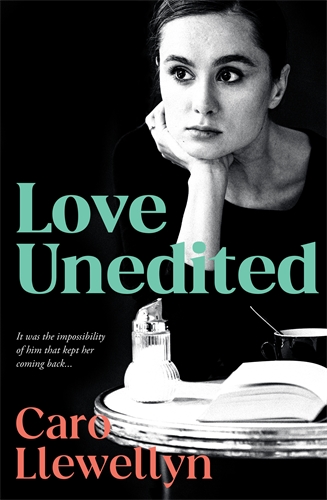

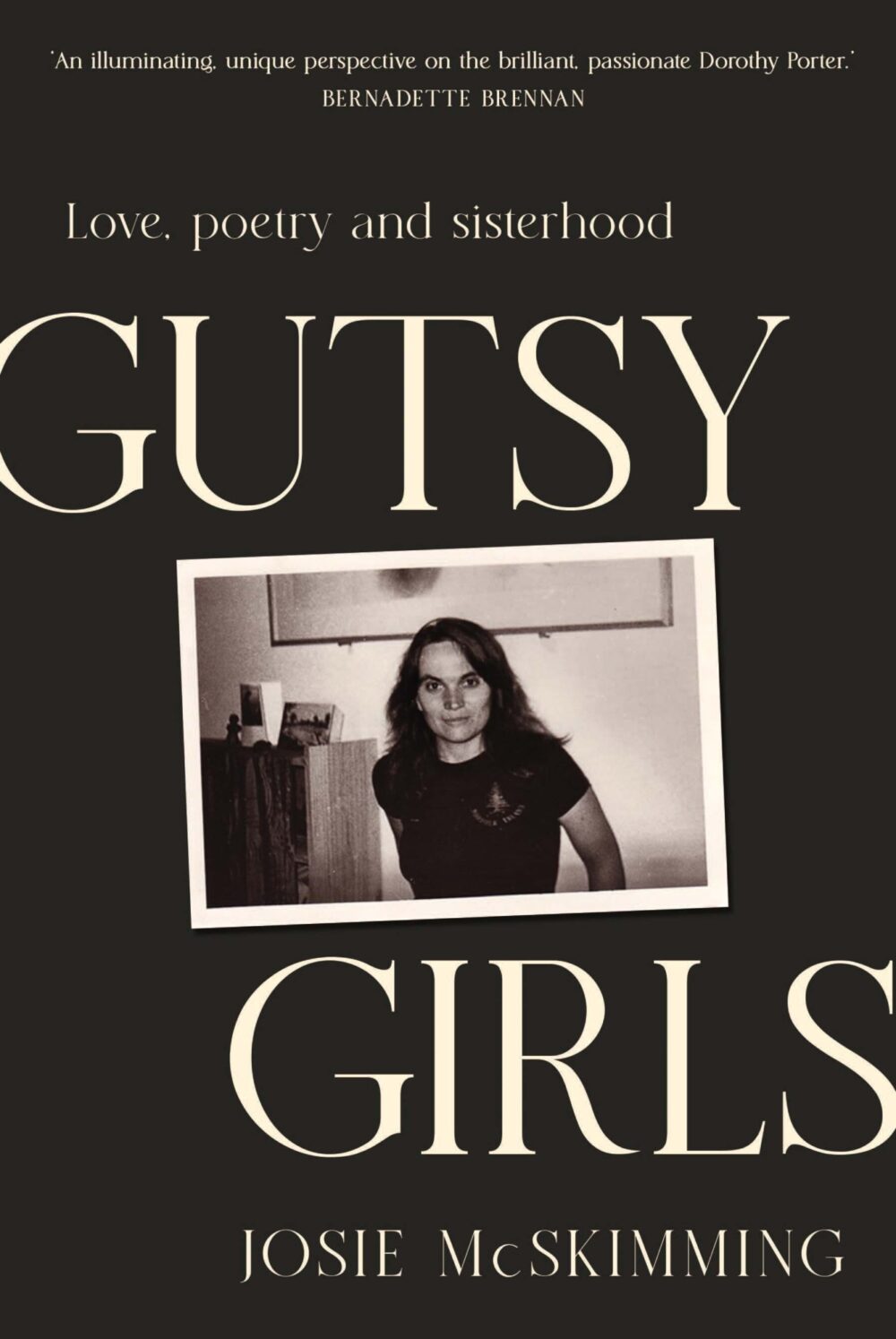

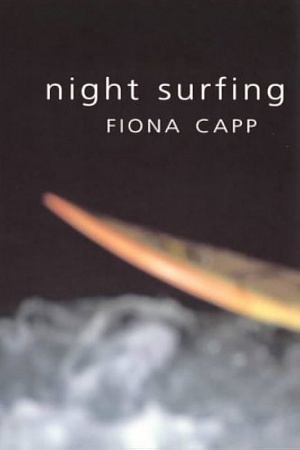

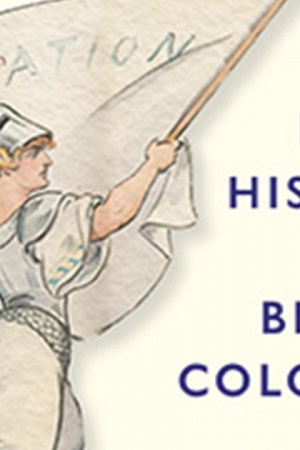




Leave a comment
If you are an ABR subscriber, you will need to sign in to post a comment.
If you have forgotten your sign in details, or if you receive an error message when trying to submit your comment, please email your comment (and the name of the article to which it relates) to ABR Comments. We will review your comment and, subject to approval, we will post it under your name.
Please note that all comments must be approved by ABR and comply with our Terms & Conditions.